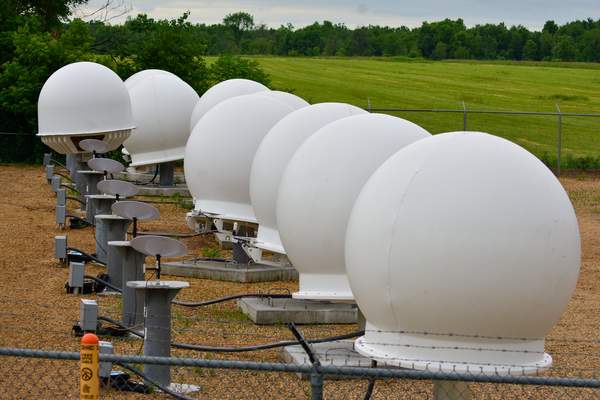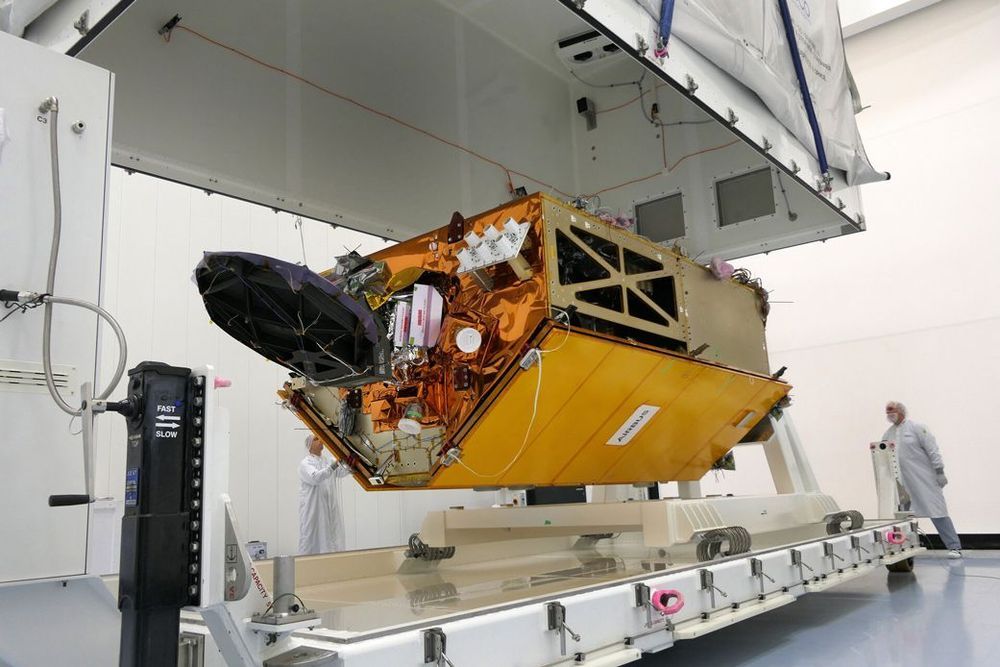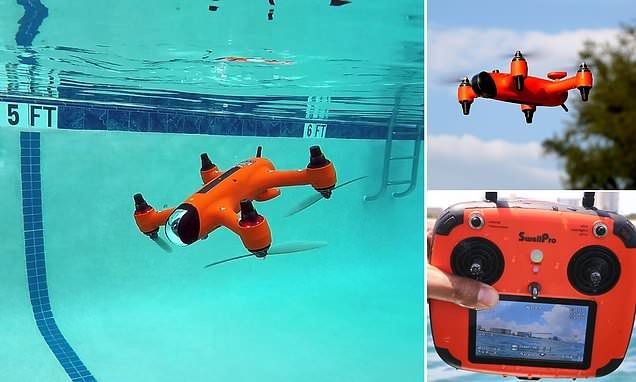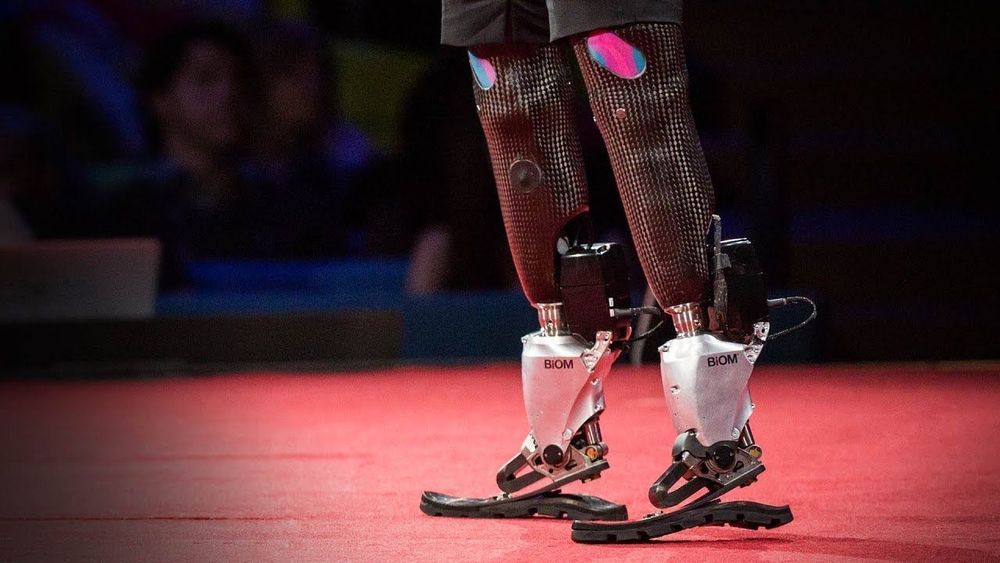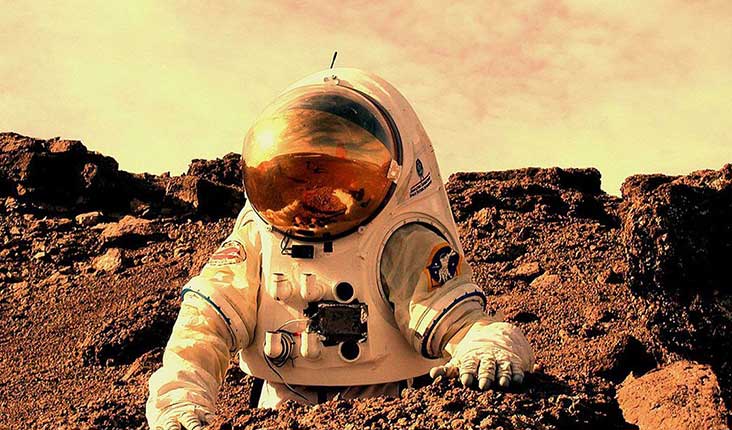Sep 16, 2020
SpaceX is testing Starlink Ground Stations in several U.S. States
Posted by Genevieve Klien in categories: entertainment, internet, satellites
Featured Image Source: Merrillan, Wisconsin resident r/ darkpenguin22 via Reddit.
SpaceX is building its Starlink internet network in low Earth orbit. The aerospace company plans to fund its space program by offering affordable, low-latency, broadband internet globally. SpaceX initially plans to deploy 4,409 internet-beaming Starlink satellites, according to a recent letter the company sent to the Federal Communications Commission (FCC). These satellites will operate at altitudes between 550 to 570 kilometers above Earth. To date, there are approximately 708 Starlink satellites already in low Earth orbit.
Company employees are actively private beta testing the Starlink network via user terminals that look like a ‘UFO on a stick’ and Wi-Fi router. – “They show super-low latency and download speeds greater than 100 [megabits] per second [Mbps],” SpaceX Senior Engineer Kate Tice shared during the latest deployment broadcast, “That means our latency is low enough to play the fastest online video games and our download speeds are fast enough to stream multiple HD movies at once.”
